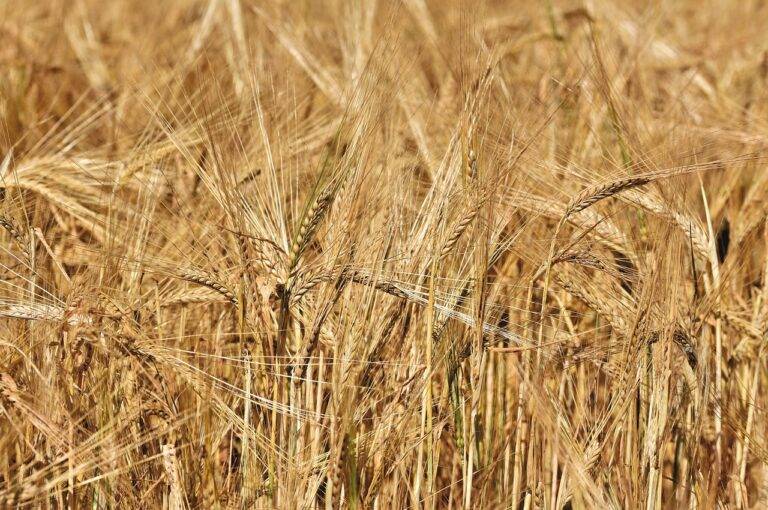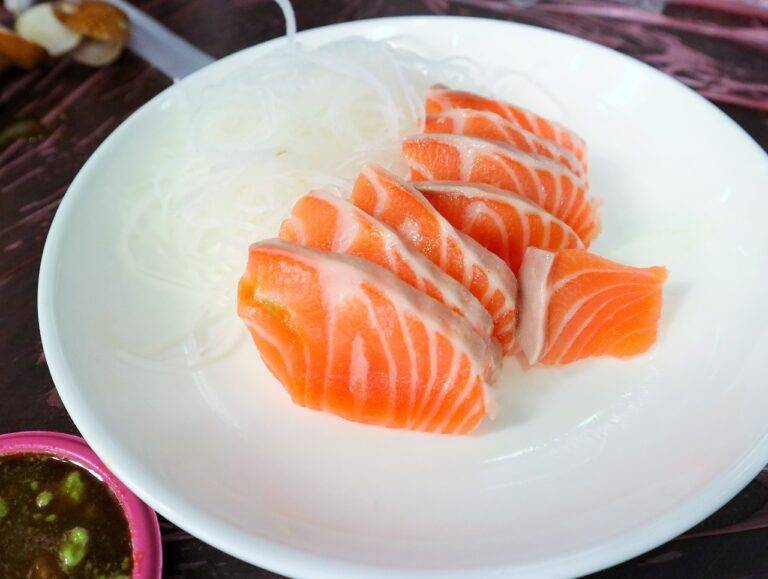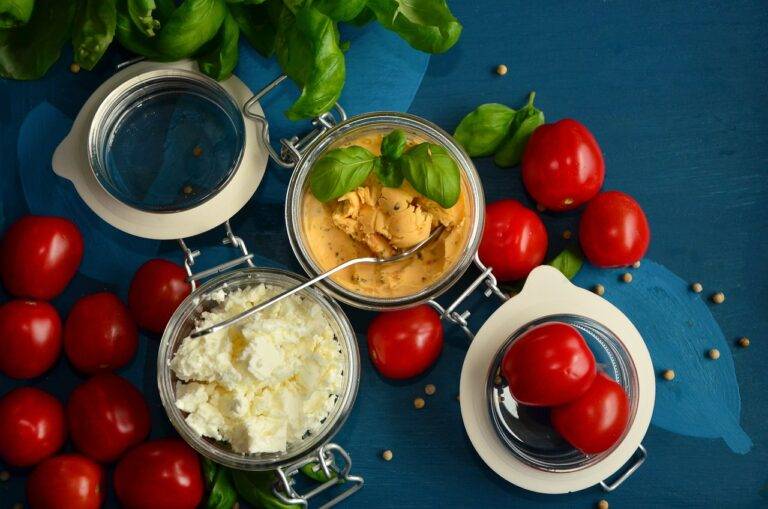The Future of Sustainable Packaging: Biodegradable Alternatives
Biodegradable packaging materials are increasingly gaining attention in the packaging industry. These materials are designed to break down naturally over time, reducing the amount of waste that ends up in landfills. Common biodegradable materials include cornstarch, sugarcane pulp, and bamboo fiber, offering a eco-friendly alternative to traditional plastic packaging.
One key advantage of using biodegradable packaging materials is their positive environmental impact. Unlike traditional plastics that can take hundreds of years to decompose, biodegradable materials can break down in a matter of months or years, releasing fewer harmful chemicals into the environment. This helps to reduce pollution and minimize the carbon footprint associated with packaging production and disposal.
Advantages of Biodegradable Packaging
Biodegradable packaging offers numerous benefits to both the environment and consumers. One of the key advantages is its reduced impact on landfills. Unlike traditional plastic packaging, biodegradable materials break down naturally over time, minimizing waste accumulation and decreasing the strain on landfill capacities.
Additionally, biodegradable packaging helps in lowering carbon emissions. The production of traditional plastic packaging involves the use of fossil fuels and other non-renewable resources, contributing to greenhouse gas emissions. In contrast, biodegradable materials are often made from renewable sources such as plant-based materials, which have a lower carbon footprint, thus supporting efforts to combat climate change.
What are some common biodegradable packaging materials?
Common biodegradable packaging materials include paper, cardboard, corn starch, sugarcane bagasse, and plant-based plastics.
How is biodegradable packaging beneficial for the environment?
Biodegradable packaging reduces the amount of waste in landfills, minimizes pollution, and conserves natural resources compared to traditional plastic packaging.
Does biodegradable packaging cost more than traditional packaging?
Initially, biodegradable packaging may cost slightly more than traditional packaging, but the long-term benefits to the environment make it a cost-effective choice in the end.
Can biodegradable packaging be used for all types of products?
Biodegradable packaging can be used for a wide range of products, but may not be suitable for products that require airtight or moisture-resistant packaging.
How long does it take for biodegradable packaging to break down?
The time it takes for biodegradable packaging to break down varies depending on the material used, but generally ranges from a few months to a few years in a composting environment.





